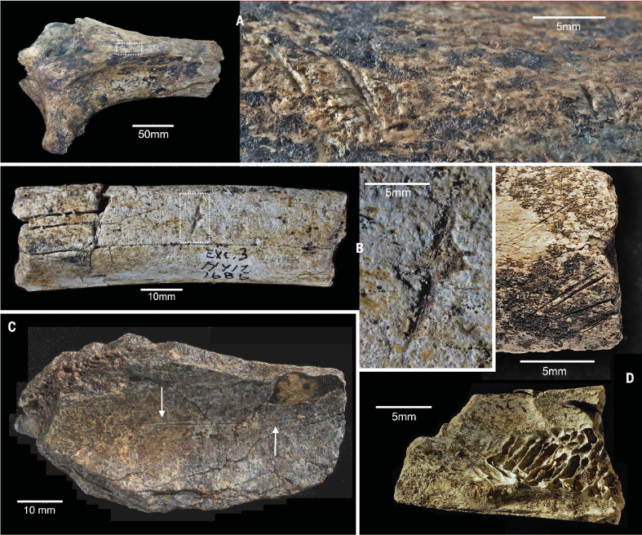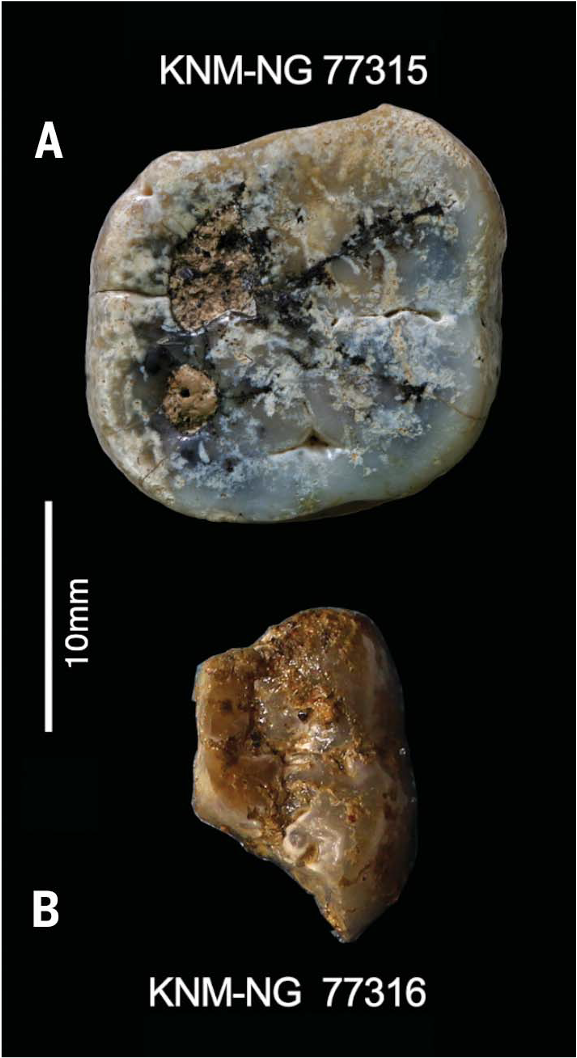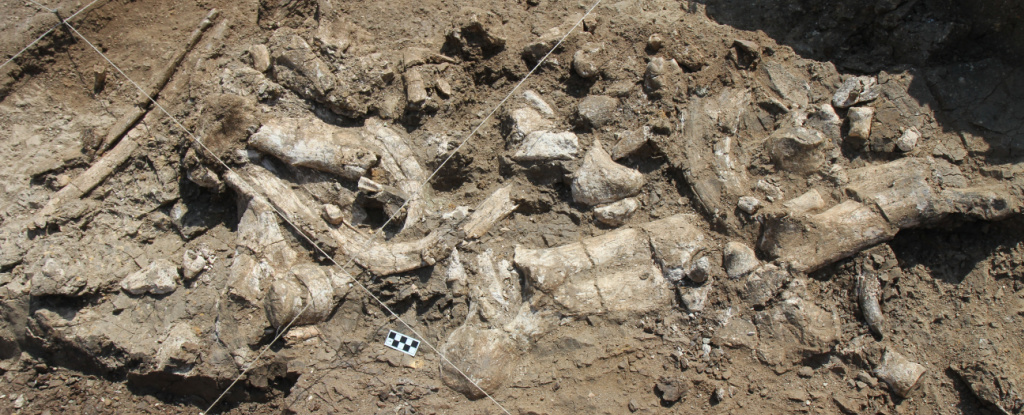Archaeologists have discovered what may be the oldest stone tools ever found, and they believe the closest one is to anyone other than us homo ancestors might have made them.
The ancient devices unearthed in 2016 in Nyayanga, Kenya, on the shores of Lake Victoria match the design of the Oldowan toolkitthe name given to the earliest types of stone tools made by human-like hands.
Dating estimates put the newly discovered tools from 2.6 to 3 million years ago, before being buried in silt and sand for eons. A total of 330 artifacts were found among 1,776 fossilized animal bones showing signs of slaughter.
The oldest known Oldowan tools dated before this 2.6 million years ago.
While the age of the newly discovered tools can be further refined, their emergence coincides with a time when ancestors of homo sapiens roamed alongside other early humans, signaling a major technological milestone for their creators – whoever they may have been.
“With these tools you can shred better than an elephant’s molar and cut better than a lion’s canine.” says Rick Potts, a paleoanthropologist at the Smithsonian Institute’s National Museum of Natural History who was involved in the study.
“Oldowan technology was like the sudden development of a brand new set of teeth outside your body, and it opened up a new variety of foods to our ancestors on the African savannah.”
Hammerstones and sharp-edged flakes pounded from stone cores have been unearthed along with fragments of rib, tibia, and shoulder blade bones from hoofed ruminants known as bovids (like antelopes). hippos.
As you can see in the images below, the bones show deep incision marks where the toolmakers cut flesh from bones. Evidence suggests they even crushed some bones to extract bone marrow and used the tools to crush plant matter.
These tools were so effective that technology would spread across Africa over the millennia. More recent Oldowan sites, 2 million years old, have been found from northern to southern Africa in both grassy and forested habitats.

But until now, the earliest Oldowan sites have been limited to Ethiopia distant trianglein two places about 50 kilometers apart.
The Nyayanga site extends the known geographic range of the earliest Oldowan tools by more than 1,300 kilometers to the southwest. It also pushes their formation back to around 2.9 million years ago, a result the researchers arrived at after narrowing their age estimates using a combination of dating techniques.
“What’s really interesting is that here you have some of the earliest evidence of megafauna slaughter, even before the advent of the use of fire.” says Julien Louys from the Australian Research Center for Human Evolution at Griffith University.
That’s not all. Along with the bones and tools, the team, led by City University of New York anthropologist Thomas Plummer, found two teeth — an upper and a lower left molar, one broken in half, the other nearly complete — which the researchers identified Paranthropusa distant cousin of humans.
Carbon isotope analysis of molar enamel suggested that the early humans from whom they descended ate lots of plant-based foods and devoured meat from animal carcasses.
One of the teeth was found in close association with the Oldowan artifacts, leading researchers to speculate that perhaps these hominins made, or at least used, the stone tools, not our more direct ancestors from the homo Genus.

Oldowan tools are often attributed to the genus homobut the overlapping existence of other hominins such as Paranthropus and now those two teeth point to it homo weren’t the only ones who mastered the art of making tools to help them augment their diet.
Of course, the true makers of these tools will never be known, and any claims about the identity of their creators are likely to be subject to scrutiny by other scientists or with new finds.
“For a long time, researchers assumed that only the genus homoto which humans belong, was able to make stone tools,” says pots. “But find Paranthropus A fascinating mystery opens up next to these stone tools.”
The research was published in Science.





